What is Incremental Cost?
Jan 21
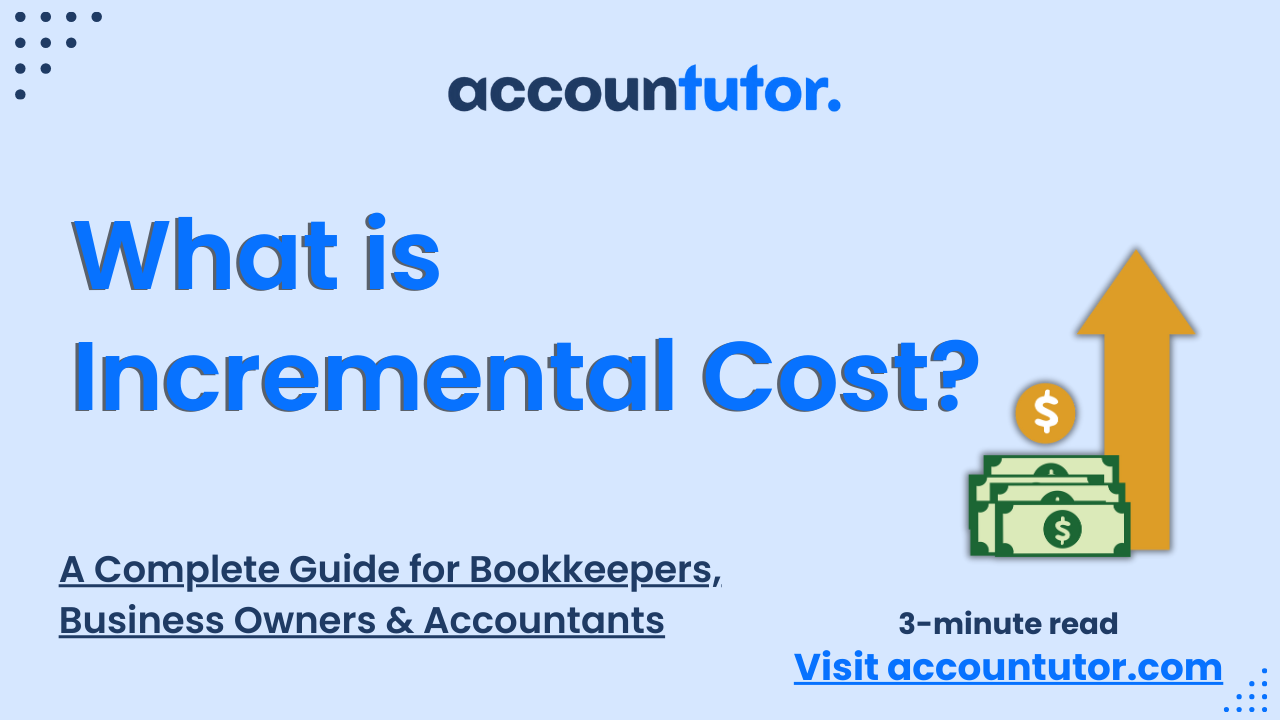
Introduction
Incremental cost refers to the additional cost incurred when producing or providing one more unit of a product or service. It is a key concept in decision-making, helping businesses evaluate whether producing additional units or expanding operations is financially viable. Incremental cost typically includes variable costs like raw materials and labor but excludes fixed costs, which remain constant regardless of production levels.
How it works?
A car manufacturer is deciding whether to produce an additional 1,000 cars. The company calculates that producing these additional cars will require $3 million in raw materials and $500,000 in labor. The total incremental cost is $3.5 million. If the company sells the cars at $5,000 each, generating $5 million in revenue, the decision to produce these extra cars would result in a $1.5 million profit ($5 million - $3.5 million). This incremental cost analysis enables the manufacturer to make an informed decision about scaling production.
Why it is important?
Incremental cost is a critical concept for businesses as it provides insights into cost management, profitability, and strategic decision-making:
1. Cost Control and Efficiency: Incremental cost analysis helps businesses identify how additional production affects costs, guiding decisions on cost optimization.
Example: A bakery evaluates the cost of producing 500 extra cakes and finds that purchasing larger quantities of ingredients at bulk rates reduces incremental costs.
2. Profitability Analysis: By comparing incremental costs with incremental revenue, businesses can determine whether expanding production or services will generate a profit.
Example: A software company considers offering an add-on feature to its existing product and calculates that incremental revenue exceeds incremental costs.
3. Pricing Decisions: Incremental costs play a vital role in setting prices for new products or services to ensure profitability.
Example: A beverage company launching a new drink line calculates incremental costs to set a price that covers costs and achieves desired profit margins.
4. Decision-Making in Resource Allocation: Incremental cost analysis aids businesses in deciding where to allocate resources effectively, especially when resources are limited.
Example: A logistics company evaluates whether expanding its fleet or outsourcing deliveries will minimize incremental costs while meeting customer demand.
Types of Incremental Costs:
1. Variable Costs: These are costs that change directly with production levels, such as raw materials, direct labor, and energy consumption.
Example: A furniture company calculates that producing 100 extra chairs requires $10,000 in additional wood and labor.
2. Step Costs: Step costs are costs that increase in "steps" when production exceeds certain thresholds, such as hiring more supervisors or upgrading machinery.
Example: A factory producing beyond 10,000 units must add a new production line, incurring step costs for equipment and labor.
3. Opportunity Costs: Incremental cost analysis considers the potential loss of income or opportunities when resources are allocated to one project over another.
Example: A clothing manufacturer must decide between producing additional T-shirts or investing in a new jeans line, evaluating the incremental costs and revenue of both options.
4. Fixed Costs Allocated to Incremental Production: While fixed costs are generally not included in incremental cost calculations, a portion of fixed costs may be allocated to evaluate specific scenarios.
Example: A warehouse expands operations to store additional goods, incurring incremental costs for utilities and maintenance that were previously fixed.
Conclusion:
Incremental cost is a powerful tool for businesses to evaluate the financial impact of producing additional units or expanding operations. By analyzing incremental costs alongside incremental revenue, businesses can make informed decisions about scaling production, optimizing pricing, and allocating resources effectively. Whether assessing variable costs, step costs, or opportunity costs, understanding incremental cost empowers businesses to enhance profitability and remain competitive in dynamic markets.
Subscribe to our newsletter
Stay informed with the latest accounting tips, tools, and updates from Accountutor right in your email inbox.
Thank you!
Policy Pages

Download QuickBooks Online PDF Guide
Thank you!
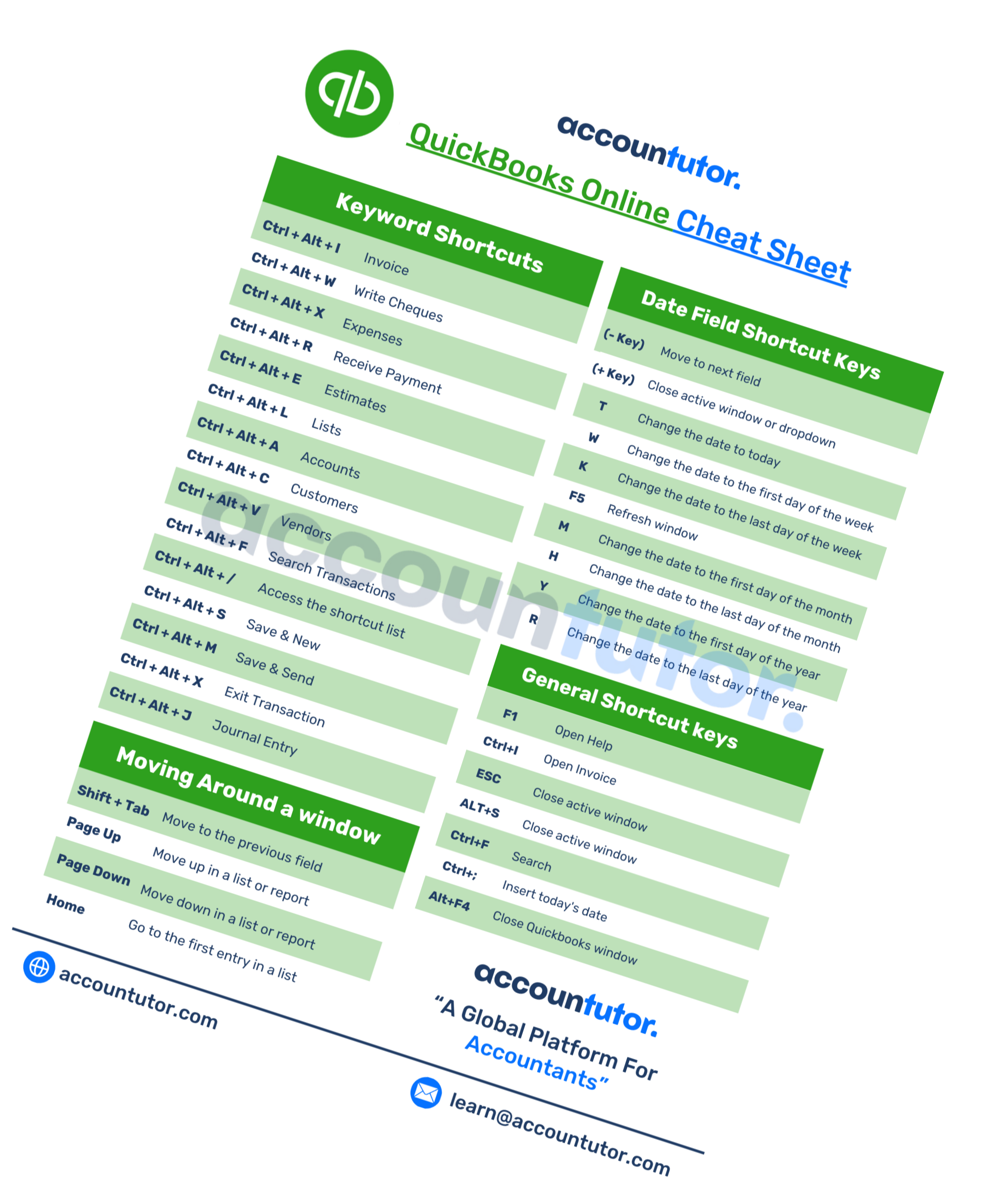
Download QuickBooks Online Cheat Sheet
Thank you!
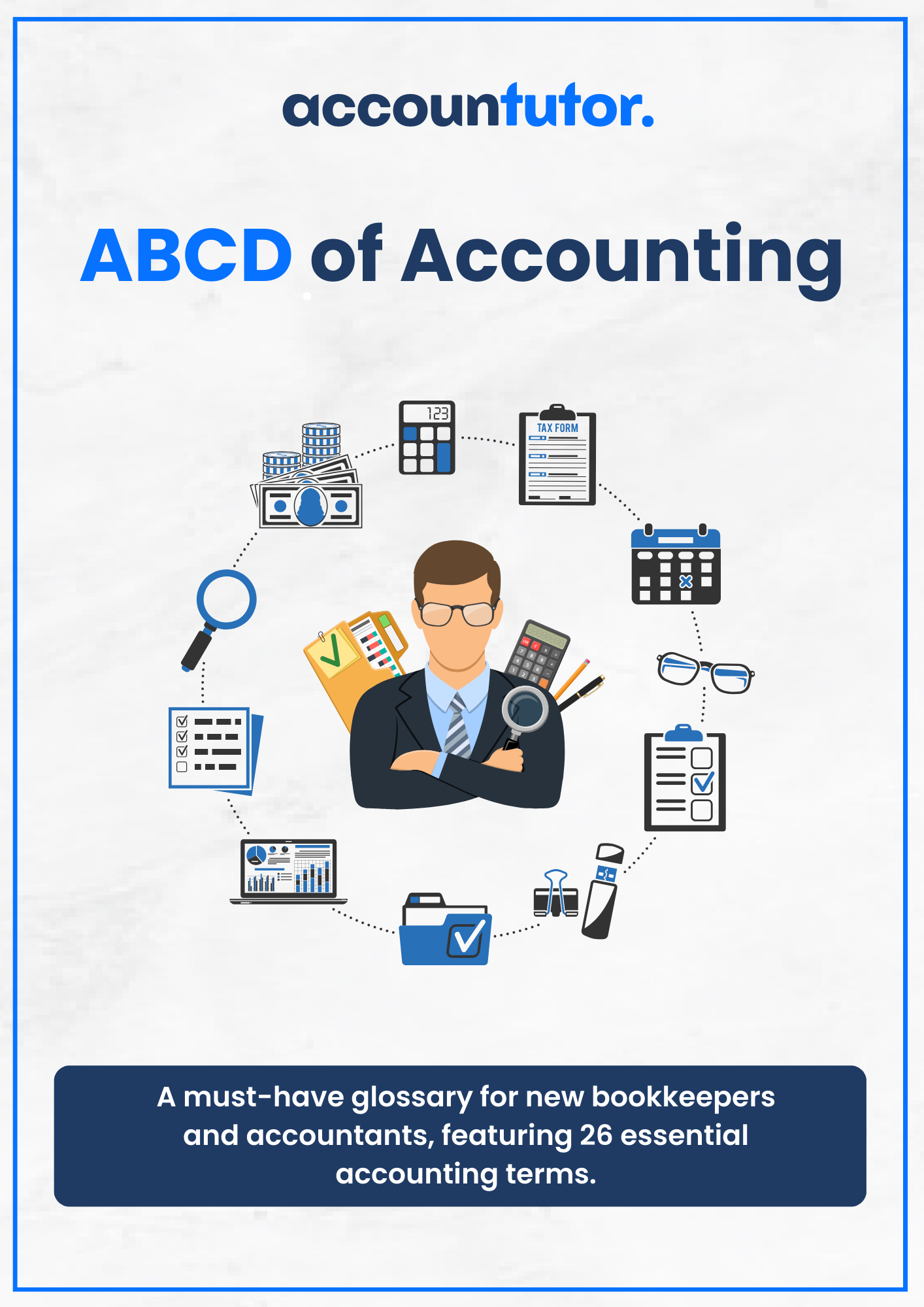
Download ABCD of Accounting
Thank you!
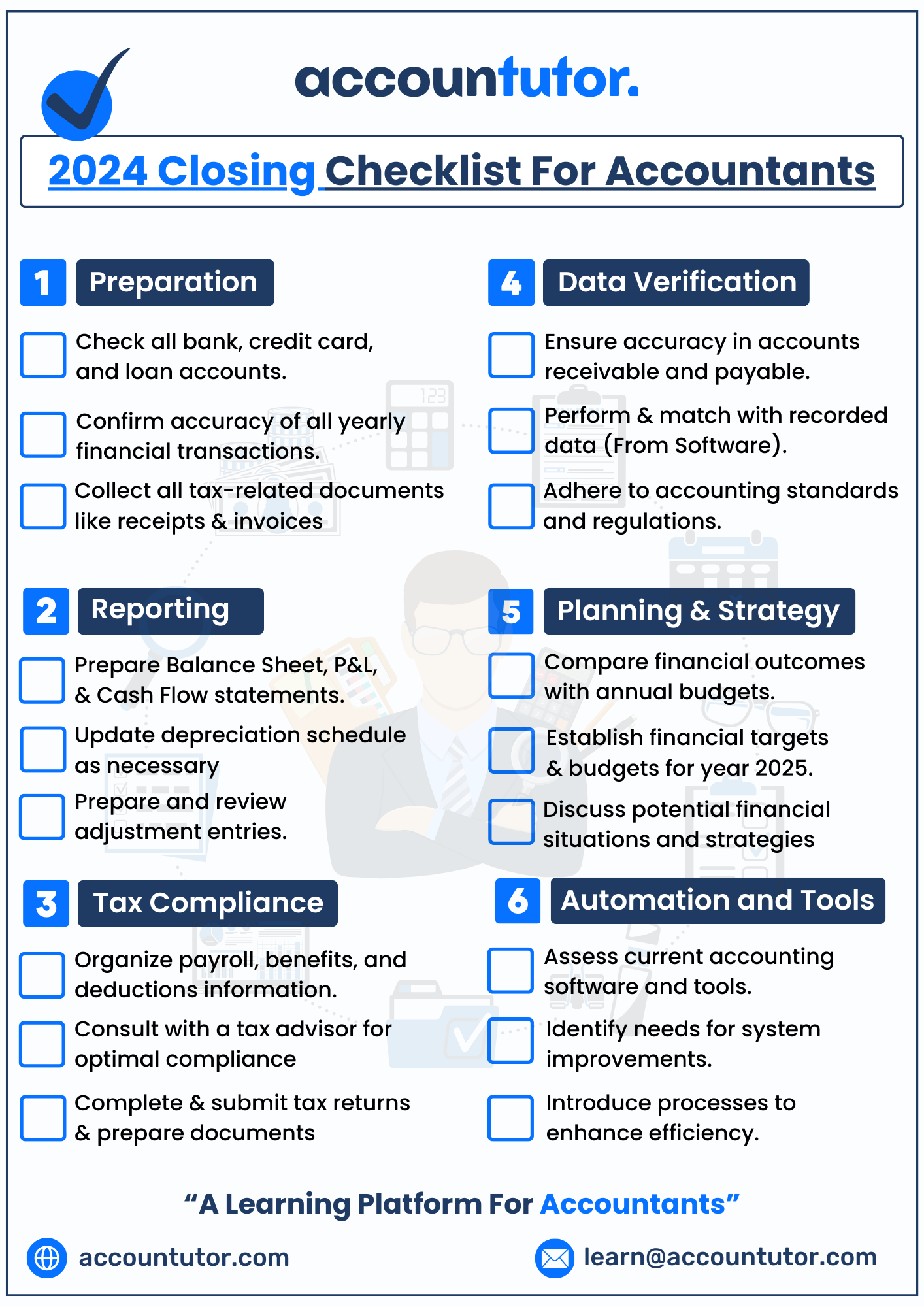
Download Checklist 2024
Thank you!
Register For Free!
Thank you!

Download Interview Questions
Thank you!
Register for this webinar: How to Master QuickBooks Online— Without Feeling Overwhelmed
7th JUNE 2025 | 8:00 AM PST | 11:00 AM EST
Thank you! The joining link will be sent to your email shortly!
Webinar joining link will be sent to your email address.
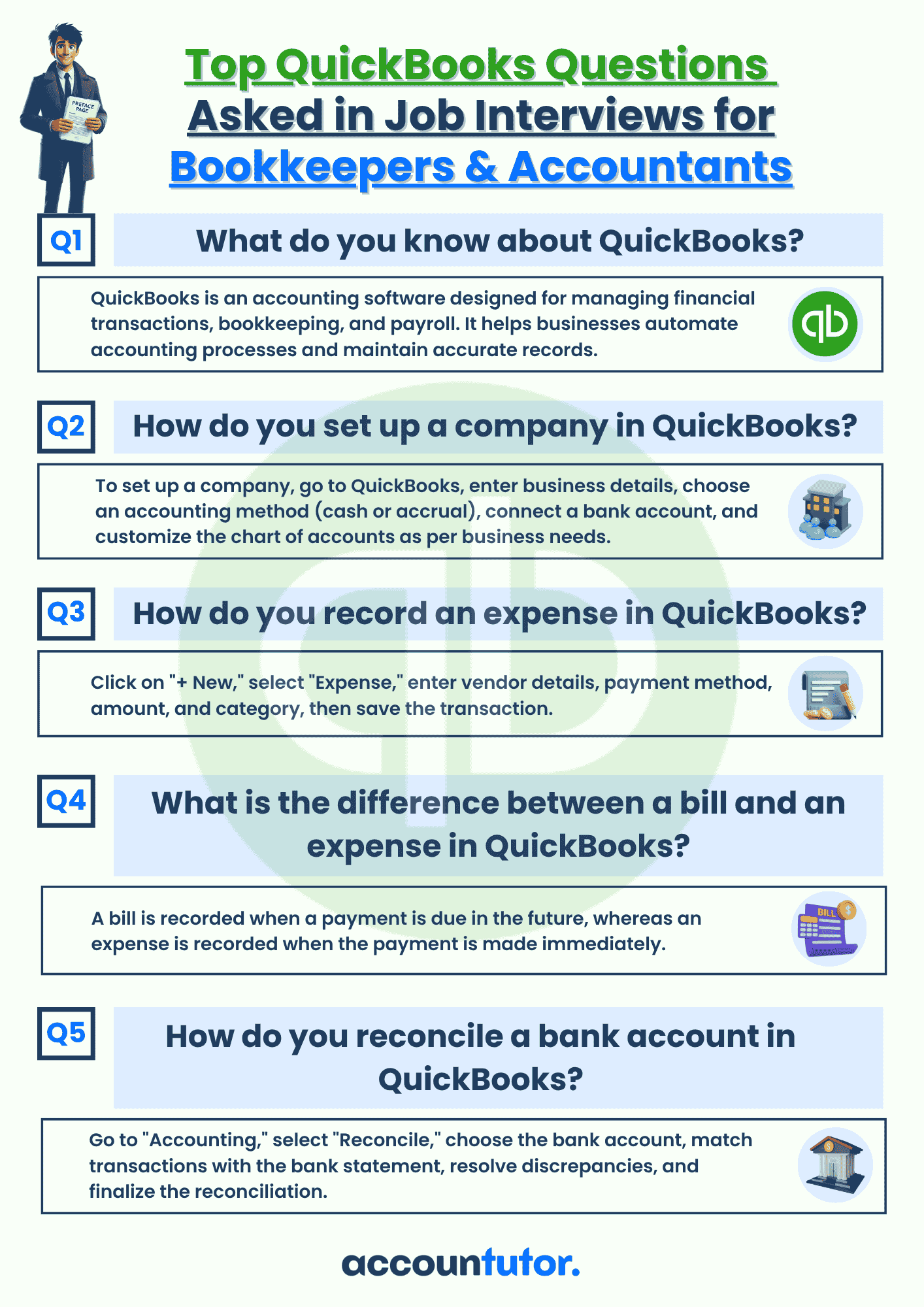
Download QBO Job Interview Questions and Answers PDF
Thank you!

Download Interview Questions
Thank you!

Download 50 Interview Questions For Bookkeepers
Thank you!

